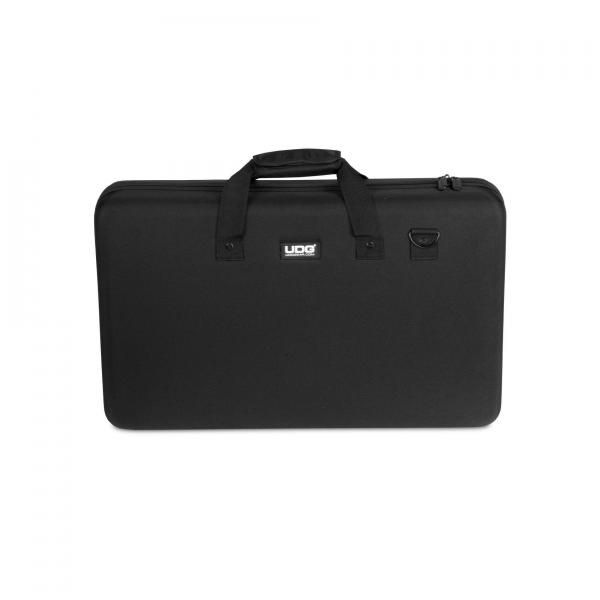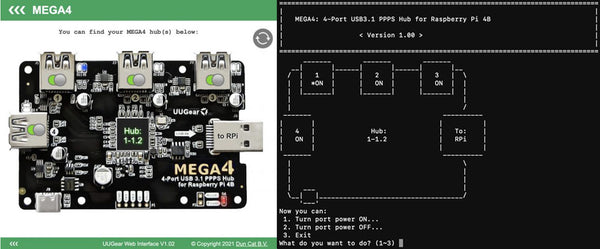
Using megaseg with ni s2 professional#
All DJ class sound cards are four channels, and some professional audio interfaces, also have four channels DACs. A proper DJ software, such as Traktor Pro, will detect such card and configure it so that you can play and pre-listen from the same instance of the same player.

two stereo channels) sound cards have two separate stereo tracks – one for FOH (Front of House, or venue’s acoustic system) and one for cueing (pre-listening). Reloop Play: four channel DJ soundcard with two stereo RCA outs in front and additional headphones jack on the back If you want to pre-listen to your next track/tanda, while playing, there are three ways in which the sound card can help you. So, would it not be wise to look at all those features, before committing yourself to a particular brand or make? 2.1. And yet, when you buy a DJ sound card, only a fraction of its price directly reflects the quality of the sound. Moreover, sound cards of a similar price, and similar quality may have almost orthogonal sets of features, with some of them being extremely important for your particular way of DJing, while others may never be needed. However, a well-chosen sound card can give you much more than just a quality boost. Obviously, the first reason for getting a sound card is a quest for better quality of the sound. “DAC”, depending on the context, may refer to either a sound card as a whole, or to Digital to Analog Converter chipset inside of a sound card. Please note that in this article “sound card”, “sound interface” and “DJ interface” will all refer to the same thing, namely, an audio unit that converts a digital stream sent over USB connection of your computer into the analog, line level signal, which, in turn, is sent to the house sound system. In this article, which emerged out of the Sound Engineering for Tango DJs seminars, and discussions in several Tango DJ groups, I will try to present a feature-centered, rather than opinion-based view on various classes of sound cards, suitable for Tango DJs, without delving too much either into the misty worlds of audiophile legends or stepping onto perilous grounds of digital sound quality issues. In my not so long career as a tango DJ I have owned 12 (twelve) various sound interfaces, and tried out many more.

The truth, however, is that nowadays there are plenty of good sound cards out there, with very reasonable prices and widely varied feature sets, and so you can make much better choice by looking at the specific features of the card that you need, rather than listening to someone’s opinions on what is “the ultimate best”.

The answers are often reduced to “I use card X, it’s the best!”, with an inherent possibility of a local religious war. This study opens a new venue for developing earth-abundant bifunctional electrocatalysts with hollow hybrid heterostructures for alkaline water electrolysis in the future.The question “which sound card should I get” arises periodically in various DJ forums.

Moreover, the stability and durability are greatly enhanced under harsh electrochemical conditions. As expected, the hybrid shows remarkable alkaline electrocatalytic performance, such as hydrogen evolution overpotential of 176 mV and oxygen evolution overpotential of 342 mV at 50 mA cm −2, as well a cell voltage of 1.65 V at 20 mA cm −2. Microstructural analysis shows that the hybrid is a kind of hierarchical heterostructure composed of MoS 2/NiS 2 nanosheets/nanoparticles in situ grown on hollow (Fe,Ni)S 2 nanocubes with abundant heterointerfaces, which effectively maximizes the electrochemical active sites to the accessible electrolyte ions, leading to the promoted charge transfer. Herein, with FeNi-PBA as both a precursor and morphological template, we demonstrate the rational construct of cost-effective (Fe,Ni)S 2/NiS 2 hollow hybrid heterostructures as bifunctional electrocatalysts for alkaline overall water splitting. Hollow hybrid heterostructures are regarded to be promising materials as bifunctional electrocatalysts for highly efficient water electrolysis due to their intriguing morphological features and remarkable electrochemical properties.


 0 kommentar(er)
0 kommentar(er)
